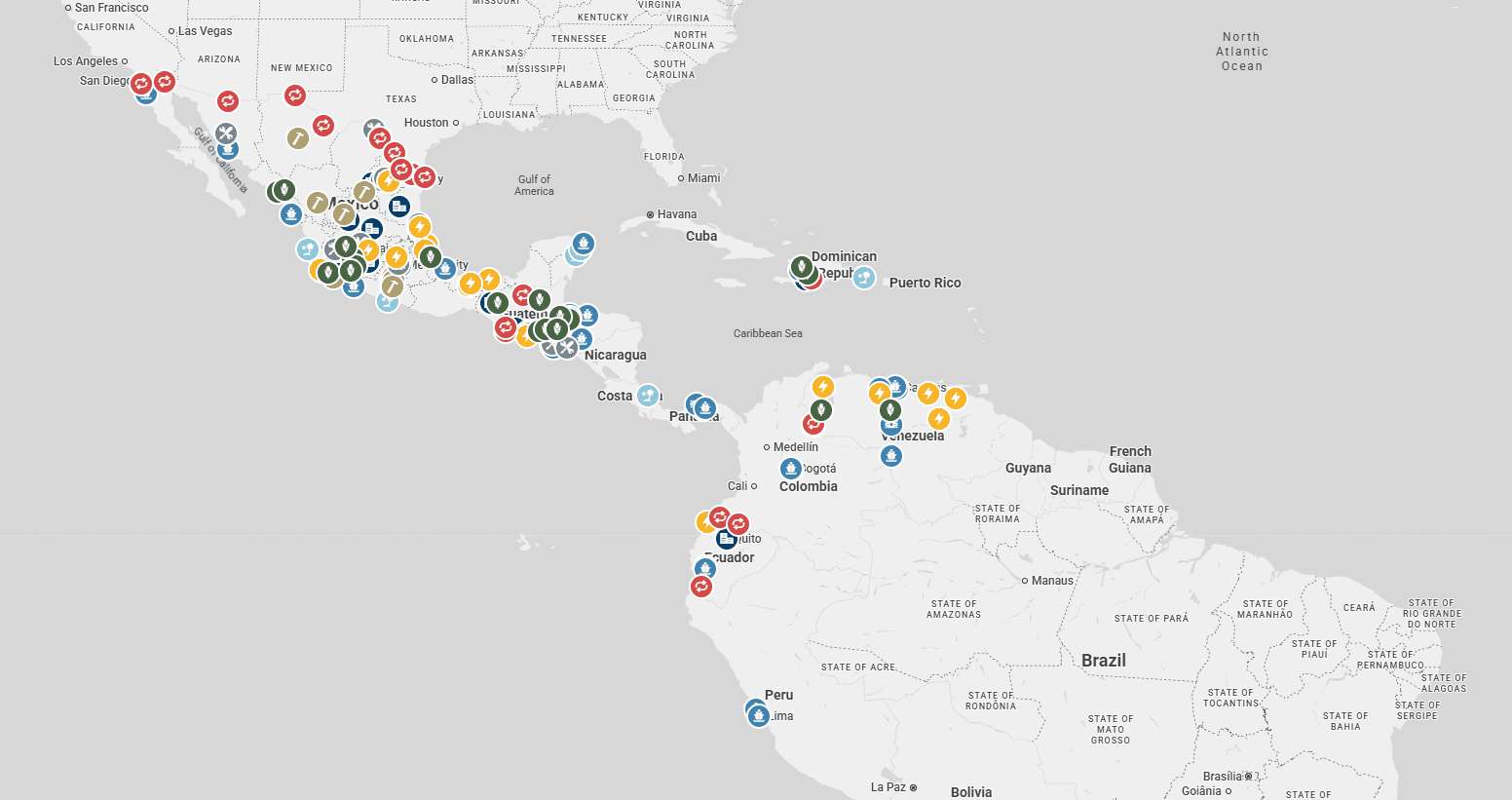
Less than a minute Read
Risk Advisory's FTO-Cartel Risk Tracker: Unlocking critical intelligence on designated cartels
This is a brief summary of a panel discussion held at Risk Advisory’s Washington DC offices on the topic of criminal cartels and FTO risks in Latin America. Moderated by the head of our DC office Alyssa Misner, the panel featured guest experts Fabyola En Rodrigues of Demarest Advogados in Sao Paulo, Santiago Alvarez Acosta of Creel in Mexico City, transnational crime expert Doug Farah of IBI Consultants in Washington, and others. The event also coincided with the launch of our new online FTO-Cartel risk tracker.
One of the most significant shifts in US enforcement policy that we have seen under President Trump’s administration relates to criminal cartels in Latin America. These established transnational networks (such as the Sinaloa cartel, CJNG and others) stand accused, according to the US Department of State, of waging campaigns of violence and terror against both US interests and the region as a whole.
Since February 2025, the US government has designated 15 such groups across Latin America, the Caribbean, and the US as Foreign Terrorist Organizations (FTOs). Enforcement efforts by the Department of Justice and other agencies can now extend to sanctions, asset freezes and heavy penalties for any individuals or organization deemed to be “knowingly providing material support” to these cartel groups.
Implications
As a result of these measures, the risks for businesses with interests or assets in the Latin America region have increased significantly, particularly given the deceptively broad threshold of “material support” that is applicable to companies and individuals. The onus is on organizations operating in the region to implement a robust program of proactive risk management, mitigation and monitoring to avoid inadvertently supporting cartels.
The initial challenge for many organizations is to identify and understand their risk exposure; these criminal networks have in several cases been operating for decades and are well integrated into the supply chains that companies have come to rely on. It is for that reason that we designed and launched our FTO-Cartel Risk Tracker – to help our clients understand where geographically, and in which sectors, they are most vulnerable to cartel risk.
When it comes to risk monitoring, our panel also discussed how investors and their counsel should take note of “irrational economic activity” in local areas, such as infrastructure projects without a logical purpose, and sudden pops of concentrated criminal activity. Such phenomena can be indicators of increased organized crime, possibly including FTOs. It was broadly agreed that from a compliance standpoint, the anti-corruption playbook won’t suffice. Companies were encouraged to seek advice from local counsel and to work with investigators who are well-connected on the ground, as hyper-local information-gathering is likely to be more appropriate during the diligence process.
The Risk Advisory Group delivers intelligence, evidence, and analysis to support legal and commercial decisions. For over 25 years, we’ve helped leading global clients manage risk, pursue opportunities, and resolve disputes through rigorous research and region-specific insight. Our multidisciplinary team combines investigative skill with deep local knowledge across key markets.